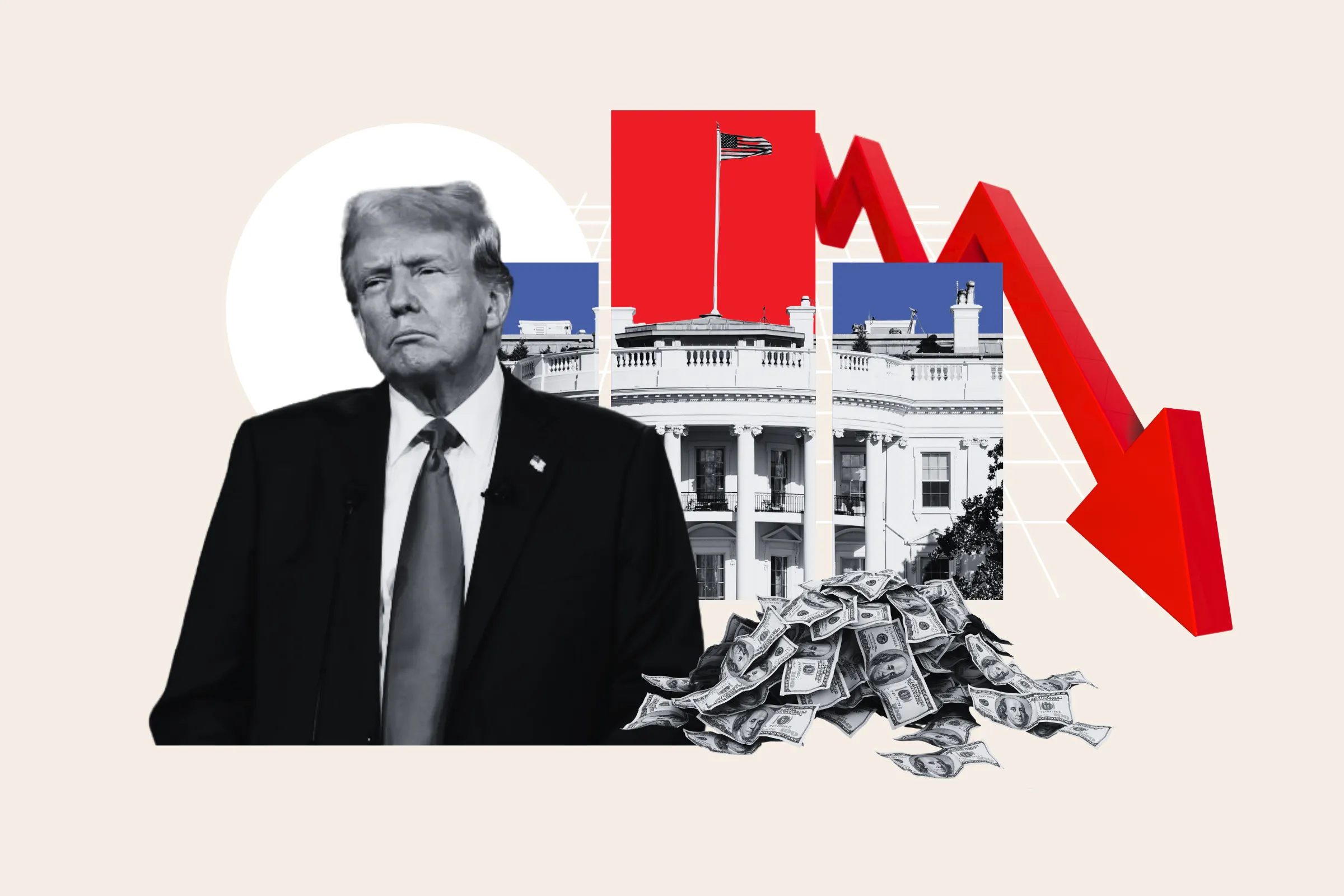Trump’s Federal Aid Freeze: A Recipe for National Chaos?
In a move that has left many Americans reeling, the Trump administration has implemented a freeze on nearly all federal grants and loans, effective at 5 p.m. on January 28, 2025. This sweeping decision is part of an extensive review of government spending, initiated by President Trump, and has triggered widespread confusion across various sectors. As states scramble to understand the implications of this freeze, the potential fallout on essential services is becoming increasingly apparent.
The freeze has affected a wide array of programs, including Meals on Wheels, which provides vital nutrition to seniors, Head Start, which offers early childhood education to low-income families, and Section 8 housing vouchers, crucial for supporting vulnerable populations. With many organizations unsure whether they will receive reimbursements for services already provided, the uncertainty has created chaos within federal agencies, disrupting ongoing projects and essential services.
Who is Affected?
The impact of the freeze extends beyond just federal agencies. 22 states have already filed lawsuits against the Trump administration, arguing that the federal grant freeze could cause significant harm to essential services. These legal challenges are spearheaded by state attorneys general and nonprofit organizations, seeking to halt the implementation of the freeze. Critics, including Democratic lawmakers, have voiced their concerns, stating that the freeze could exacerbate issues related to poverty and access to essential services for millions of Americans.
The White House’s Office of Management and Budget (OMB) has ordered a pause in federal financial assistance, prompting agencies to provide detailed accounts of their funding schedules. This request raises questions about the future of various programs and highlights the ongoing tensions between state and federal governments regarding funding and resource allocation. The freeze has drawn comparisons to a government shutdown, with advocates emphasizing the lack of preparation typically associated with such events.
What Programs are at Risk?
Key programs at risk due to the funding freeze include:
- Meals on Wheels: A crucial service for seniors, providing nutritious meals to those in need.
- Head Start: An early childhood education program that serves low-income families.
- Section 8 Housing Vouchers: Essential for helping vulnerable populations secure affordable housing.
- SNAP Benefits: The future of Supplemental Nutrition Assistance Program benefits remains a significant concern for many Americans.
- WIC: Nutritional assistance programs for women, infants, and children could also be affected.
Experts warn that programs like Head Start, which rely on timely federal funding, could face immediate disruptions, negatively impacting early childhood education for low-income families. The lack of clarity surrounding the freeze has left many organizations in a state of limbo, struggling to navigate the implications of this sudden halt in funding.
Why the Freeze?
The Trump administration defends the freeze as a necessary measure to reassess and streamline government spending. Officials argue that this pause will help identify inefficiencies and ensure that taxpayer dollars are being used effectively. However, the critics argue that the freeze could have devastating effects on the health and well-being of millions, particularly among vulnerable populations who rely heavily on these federal programs.
The situation further complicates the relationship between state and federal governments. As states grapple with the potential fallout from the funding freeze, the lack of federal support for essential services raises concerns about the broader implications for local economies and community welfare initiatives. The freeze has created a ripple effect that could hinder states’ abilities to provide necessary services to their residents.
Legal Challenges and Future Implications
Legal challenges to the funding freeze are already underway. State attorneys general and nonprofit organizations are working to halt its implementation, arguing that the freeze is unconstitutional and detrimental to public welfare. The outcome of these lawsuits could set a significant precedent regarding the balance of power between state and federal governments in matters of funding and resource allocation.
As the freeze continues to unfold, many Americans are left wondering about the future of federal support for essential services. The administration has carved out exceptions for direct assistance to individuals, but the overall impact on community programs remains unclear. Advocates for vulnerable populations are urging the administration to reconsider the freeze, emphasizing the need for a more balanced approach to federal spending that prioritizes the well-being of all Americans.
Conclusion
In conclusion, Trump’s federal aid freeze has emerged as a contentious issue, raising questions about the future of essential services that millions of Americans rely on daily. The uncertainty surrounding the freeze has created chaos within federal agencies and left many organizations scrambling to understand its implications. As legal challenges mount and critics voice their concerns, the administration’s decision to pause federal grants and loans highlights the ongoing tensions between state and federal governments regarding funding and resource allocation.
The coming weeks will be crucial as states and organizations navigate this unprecedented situation. The potential fallout from the freeze could exacerbate existing issues related to poverty and access to essential services, making it imperative for all stakeholders to engage in constructive dialogue to find a resolution. As the nation watches closely, the implications of this freeze will undoubtedly resonate far beyond the immediate future, shaping the landscape of federal funding for years to come.






Leave a Comment